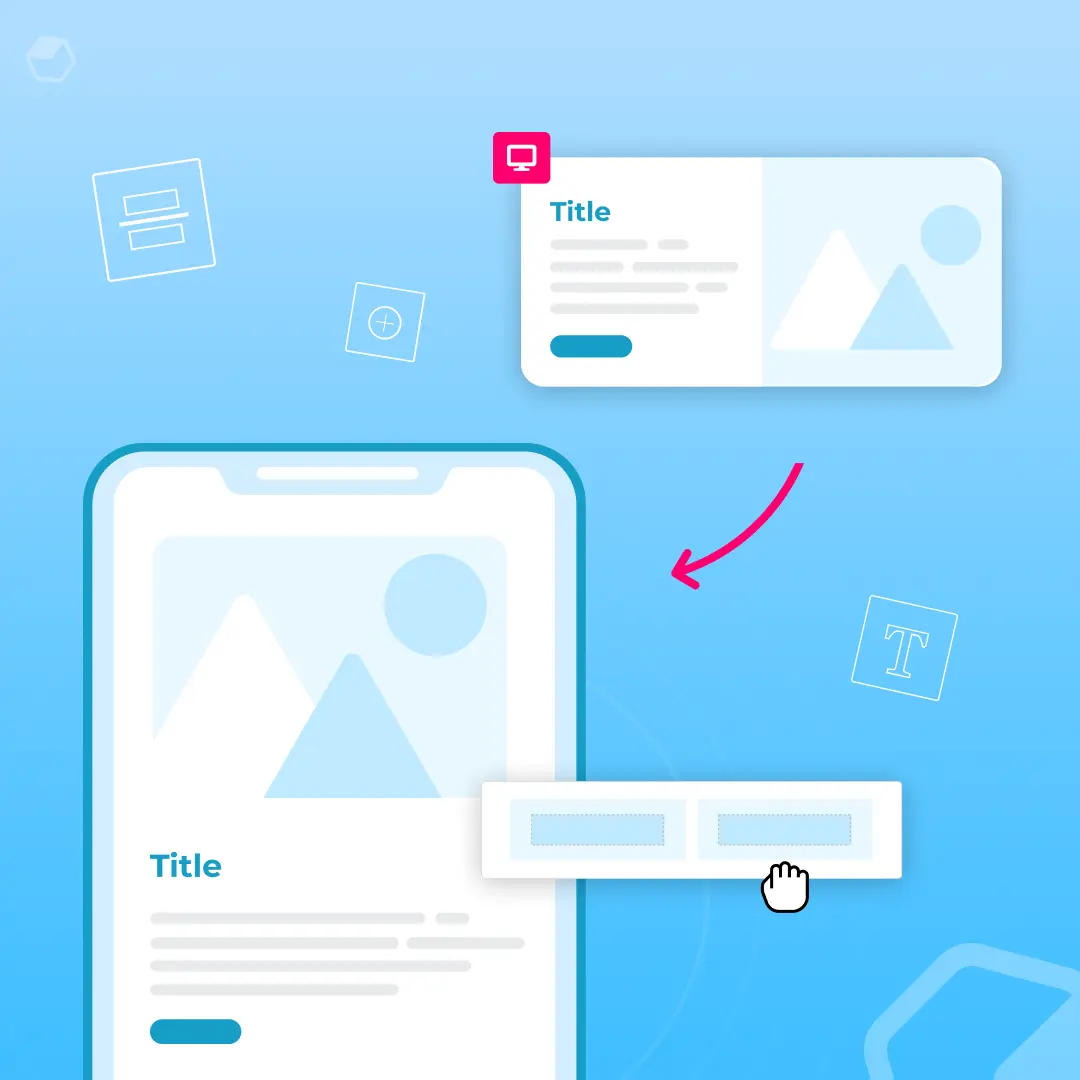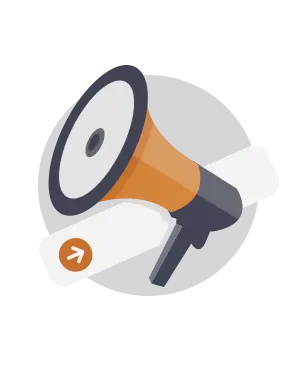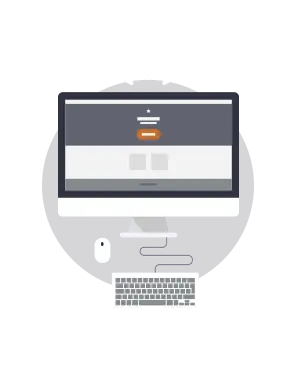Solutions

Quick Video: How to create a mobile-ready image gallery
In the BEE email editor it's very easy to put together a photo collage that changes layout depending on the device that the email is opened with. It's a great way to spruce up all kinds of email campaigns. For more details, see the full workshop on How to create a responsive photo collage for your emails.

Tutorial: How to make a responsive photo collage in email
A photo collage in email is the perfect way to display stunning images and tell a compelling visual story while avoiding the pitfalls of a single-image email. With great stock photos now easier to get than ever, even free of charge (we particularly like Pexels), you're in the driver's seat.

Quick Video: How to customize social media icons in email
Did you know you can customize social media icons in your email message? Yes! Watch how to customize them in this quick video tutorial. For more info, check ...

Tutorial: How to customize your social media icons in email with Beefree
Earlier in this week’s Design Inspiration post, we looked at how different brands use social media buttons in email: where they put them, how the color/shape/size is customized, and what purpose they serve (to share or follow).

How to create responsive emails: Optimizing your multi-column email design
Originally published on December 28, 2015. Last updated July 30, 2021.The reign of single column layout is over. It used to be common advice that single-colu...

Quick Video: How to create a unique content divider in the Beefree editor
Watch how to design a unique content divider in your email message that stands out from your basic horizontal dividers. Follow along and give it a try with o...

How to Create Unique Content Dividers in Email
The layout ofanemailis every bit as important as the message it contains. When your email is well organized with an effective layout, you can better communic...

Stay informed on all email trends
From the latest creative design strategies that inspire your next campaign to industry best practices and tech advancements, our newsletter is the go-to for all things creation.
Thank you! Your submission has been received!
Oops! Something went wrong while submitting the form.
By clicking Subscribe you're agreeing with our Privacy Policy



